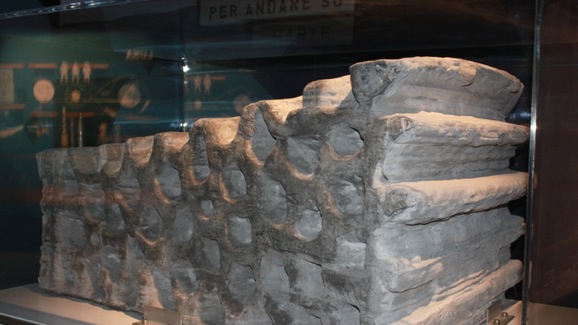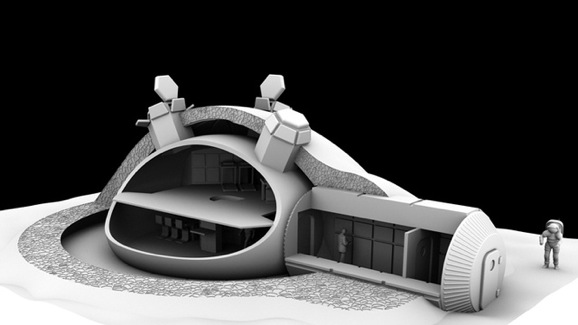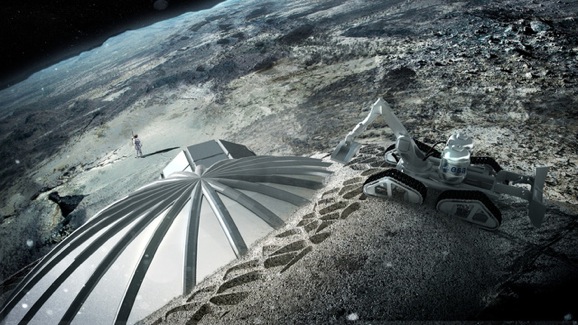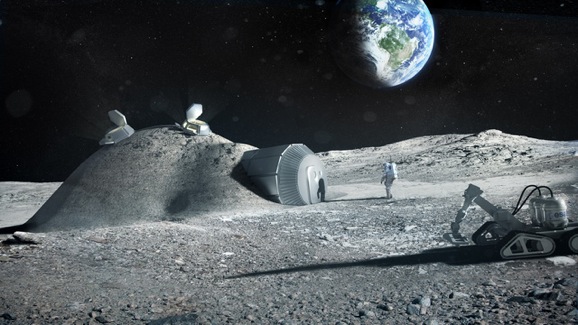The First Moon Base May Look Something Like This
This article is more than 2 years old
The idea of living on the Moon or another planet is a staple of science fiction. Didn’t you grow up wanting to live in some sort of reflective silver dome on the lunar surface? The European Space Agency, along with the architectural firm Foster + Partners, is working on 3D printing tech that could be used to construct the first structures on the Moon. We may now be one step closer to making a Moon base a reality, and there is a distinct possibility that it will look something like this:

Doesn’t that look exactly as cool as the first domicile on the Moon should look?
3D printing robots would take the raw soil from the surface and turn it into a “pulp” that is then sprayed into shape. Once it’s properly molded, it is treated with a salt that turns the mash into a solid. The finished product is:
a weight-bearing ‘catenary’ dome design with a cellular structured wall to shield against micrometeoroids and space radiation, incorporating a pressurized inflatable to shelter astronauts. A hollow closed-cell structure—reminiscent of bird bones—provides a good combination of strength and weight.

Once the structures are finished, an inflatable insert the same shape as the dome will serve as the living space for the base. This approach is much cheaper and more efficient because, instead of having to shuttle building materials and equipment back and forth to the Moon, all that needs to be transported are the 3D printing robots and a few pieces of the puzzle—think doors.
Most of the raw materials needed are already in place. Using the Moon’s soil to manufacture the walls will also protect inhabitants from radiation, as well as providing insulation.
That’s pretty damn incredible, but what’s even more astonishing is how near we may be to actually doing this. Foster + Partners have used this technology to build entire buildings here on Earth, under the most extreme conditions they can find. Xavier De Kestelier, a modeling specialist, says, “As a practice, we are used to designing for extreme climates on Earth and exploiting the environmental benefits of using local, sustainable materials. Our lunar habitation follows a similar logic.”
The current team of 3D machines are capable of printing at a rate of 6.5 feet (2 meters) an hour. Estimates, however, envision that the next group to role off of the assembly line will crank that pace up to 11.5 feet (3.5 meter) her hour. At that rate they could pump out an entire building in a single week.















